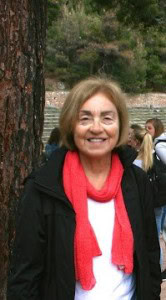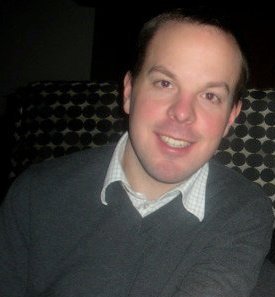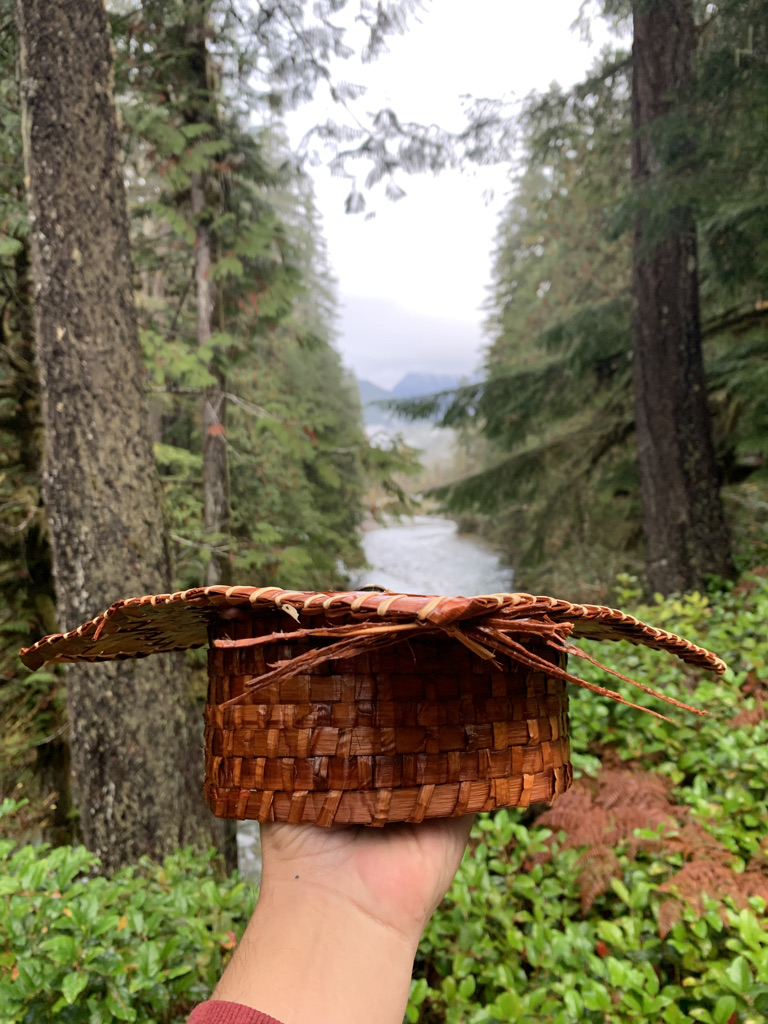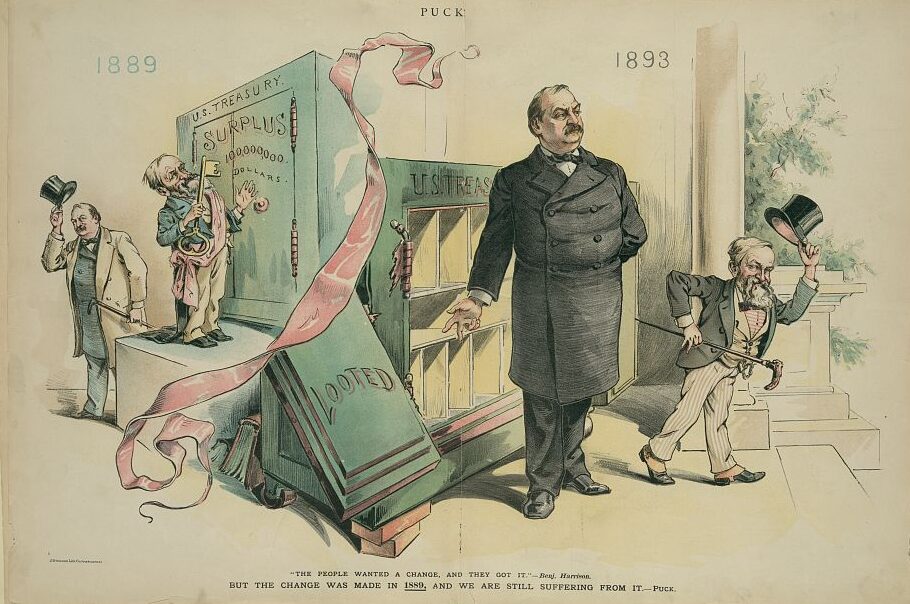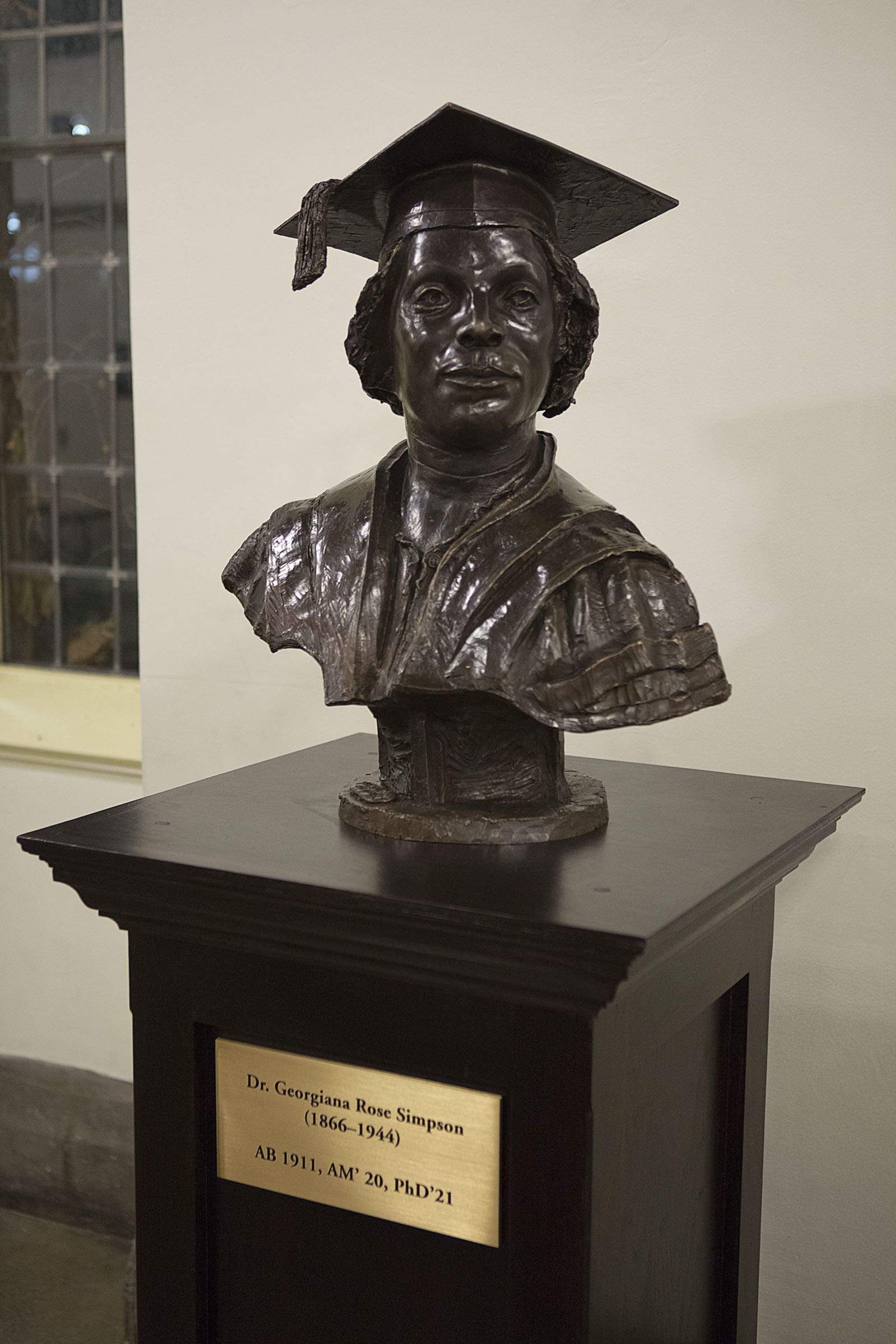AHA members are involved in all fields of history, with wide-ranging specializations, interests, and areas of employment. To recognize our talented and eclectic membership, AHA Today features a regular AHA Member Spotlight series.
Susan M. Hartmann is an arts and humanities distinguished history professor emerita at Ohio State University. She lives in Columbus, Ohio, and has been a member since 1962.
Alma maters: AB, Washington University, 1961; MA, University of Missouri, 1963; PhD, University of Missouri, 1966
Fields of interest: modern US history, women’s history, social movements, policy history
When did you first develop an interest in history?
Two professors who taught me as an undergraduate at Washington University made history exciting for me through their lectures. Ralph Morrow was a 19th-century US historian and Thomas Eliot, who had worked in the New Deal, taught constitutional history in the political science department. At that time, however, it never occurred to me that a PhD in history was within the realm of my possibilities. Instead, like many women of my era, I married right out of college and followed myhusband who was in law school at the University of Missouri. While teaching in high school I took a graduate course from David Pinkney (later an AHA president), where I fell in love with documents and research. He and others in the department, along with my husband, encouraged me to apply for one of the new National Defense Education Act fellowships, which had a category for modern US history. And so I went on to pursue a PhD with Richard Kirkendall, another of the historians who fed my interest in history.
What projects are you working on currently?
I am writing a book on the role of congresswomen in the feminist policy revolution that took place in the 1960s and 1970s. While their numbers were small, they were indispensable to the passage of key legislation that transformed women’s legal status: the Equal Pay Act of 1963, Title VII of the Civil Rights Act of 1964, social security amendments, Title IX, and many more. I am interested, among other things, in how congresswomen helped to mobilize a feminist movement, the particular ways in which they shaped the feminist agenda, the sources of their bipartisanship on women’s issues, and the nature of Republican feminism.
Have your interests changed since graduation? If so, how?
Like many of Richard Kirkendall’s students, I wrote my dissertation on the Truman administration and I have always considered myself a political historian. Not too long after I finished my PhD in 1966, the new women’s movement and historians like Anne Firor Scott and Gerda Lerner opened my eyes to what I had been missing. Living through the 1960s, I also became more interested in social movements. Most of my work since the 1970s has focused on women, with the goal of revising and expanding our understanding of key US national developments such as the Great Society, the transformation of the labor force, and the rise of conservatism.
Is there an article, book, movie, blog etc. that you could recommend to fellow AHA members?
I devour historical novels that are outside my field. Among the recent books that I’ve really enjoyed are Amatav Ghosh’s Sea of Poppies and River of Smoke and Hilary Mantel’s Wolf Hall and Bring Up the Bodies. Both my students and I are enthralled by still the best documentary on the US suffrage movement, One Woman, One Vote.
What do you value most about the history profession?
Almost everyone I know in the profession is dedicated to teaching in one format or another, and I value that commitment. I am also impressed by the enormous creativity displayed in the profession and the room that exists for a variety of historical questions and approaches. And I find historians’ ability to place contemporary issues into historical perspective absolutely indispensable for making decisions in the present.
Why did you join the AHA?
I joined the AHA because it just seemed the natural thing to do as I finished my PhD and started an academic career. I didn’t realize then how important it would become for me. While membership in the OAH is a must for historians of the United States, belonging to the AHA has offered me access to scholars and scholarship beyond the United States. Although my teaching and research are limited to US history, AHR articles and sessions on international topics at AHA annual meetings—along with travel—have enabled me to think about my teaching and scholarship in a much larger context.
Do you have a favorite AHA annual meeting anecdote you would like to share?
I’m not sure whether it was an AHA or OAH meeting, but my very first job interview took place at a hotel bar.
Other than history, what are you passionate about?
Opera, tennis, and progressive politics.
This post first appeared on AHA Today.
This work is licensed under a Creative Commons Attribution-NonCommercial-NoDerivatives 4.0 International License. Attribution must provide author name, article title, Perspectives on History, date of publication, and a link to this page. This license applies only to the article, not to text or images used here by permission.
